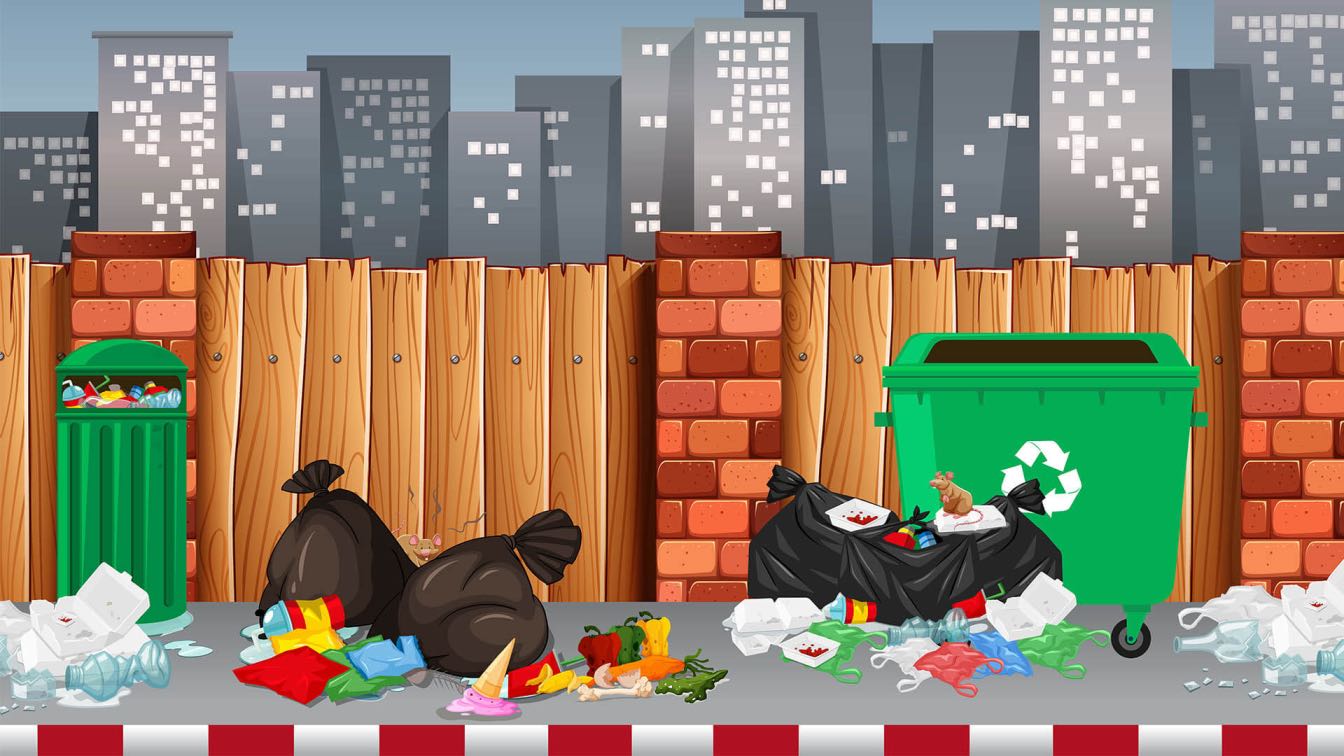Painting is an incredibly beautiful and rewarding form of visual expression. It requires creativity, skill, and practice to get better at it. And while some artists may be born with an innate talent for painting, anyone can become a great painter if they put in the time and effort to hone their skills. Whether you’re a beginner looking to get into painting or an experienced artist wanting to take your art to the next level, this article has you covered. Read on for advice on how to improve your painting skills!
Take A Course
One way to improve your painting skills is to take a course. There are many different types of courses available, from online art classes to in-person classes. No matter what kind of course you choose, make sure it is taught by a qualified instructor who can give you personalized attention and feedback. Courses can be a great way to learn new techniques and get practice in a structured setting. They can also be expensive, so be sure to do your research before enrolling in one. You may need to pay a bit extra to find a course with the level of detail in teaching you’re looking for, but it’ll be worth it in the long run! Once you find a course that interests you, sign up and give it your all!
Buy The Best Quality
To produce high-quality paintings, you will need to invest in high-quality painting supplies and utensils. This means that you should purchase paints that are pigmented and have good coverage, as well as brushes that are made of natural bristles and comfortable to hold. You will also need a range of other supplies, including a palette, easel, canvas, and rags.
With regard to paint brushes, natural bristle brushes are the best option for oil painting, as they hold more paint and distribute it evenly. Synthetic brushes can be used for acrylic or watercolor painting. Make sure you purchase a variety of brush sizes so that you can create different effects with your paintings. Similarly, a reliable easel is essential if you want to be able to paint standing up. A good quality easel should be sturdy and allow you to adjust the height and angle of your canvas. A palette is also important as it provides a flat surface to mix your paints. Rags are useful for wiping away any mistakes or excess paint from your brushes. Overall, if you want to improve your painting skills, then make sure you invest in high-quality goods. With the right tools, you will be able to produce beautiful paintings that you can be proud of.
Which Paints Are The Best To Use?
There are a lot of different paints that you can use for your paintings, but not all of them are created equal. Some paints are better than others, and it is important to know which ones to use if you want to create beautiful paintings. Generally, the best paints to use are acrylics. Acrylics have a lot of pigmentation, so they will give your painting a lot of colors. They also dry quickly, so you won't have to wait long for your painting to dry. Another good option is oil paint. Oil paint takes longer to dry, but it gives your painting a richer look. If you're new to painting, you may want to start with acrylics and then move on to oil paint once you've gotten more experience. No matter which type of paint you choose, make sure that you get quality paint. Cheap paints will give you different results than high-quality paints, and they can even damage your canvas or paper. Spend the extra money on good-quality paints, and your paintings will thank you for it!
 image © Olia Danilevich
image © Olia Danilevich
Advanced Painting Techniques
If you’re really wanting to take your painting skills to the next level, then you need to get to know some techniques that only more advanced painters use. Some advanced painting techniques include:
1. Blocking in colors: This technique involves painting large areas of color before adding any details. This can help you establish a color scheme and get a feel for the overall composition of your painting.
2. Layering colors: This technique involves applying several thin layers of paint, allowing each layer to dry before adding the next. This can create a richer, more complex color palette.
3. Glazing: This technique involves adding a thin layer of transparent paint over an already dried layer of paint. This can add depth and dimension to your painting.
4. Sgraffito: This technique involves scratching through a layer of wet paint to reveal the layer beneath. This can be used to create texture and interest in your painting.
Paint Til Your Heart's Content
In sum, painting is a great way to express yourself and hone your creative skills. With careful practice and dedication, anyone can become an incredibly skilled painter. Hopefully, the advice in this article has given you the confidence to start exploring art courses and different painting techniques in order to improve your own work. So don't be afraid to explore new methods or take risks with color combinations - you never know what kind of amazing artwork you can create!





